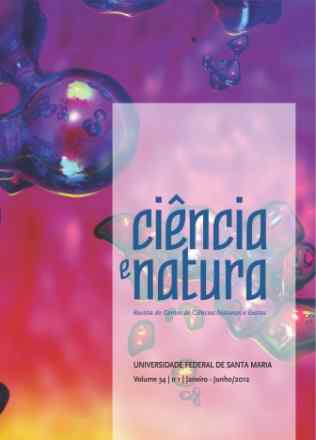CO2 FLOWS IN A SOUTHERN TROPICAL FOREST AREA IN THE WESTERN AMAZON IN A YEAR OF EL NIÑO
Ciência E Natura
CO2 FLOWS IN A SOUTHERN TROPICAL FOREST AREA IN THE WESTERN AMAZON IN A YEAR OF EL NIÑO
Autor Correspondente: Bárbara Antonucc | [email protected]
Palavras-chave: carbon, microclimate, variability
Resumos Cadastrados
Resumo Inglês:
The objective of this work was to quantify the hourly variability of CO 2 fluxes in El Niño year, in 2015, in a tropical rain forest in the Western Amazon. Data of CO 2 fluxes collected at 63.5 m height were analyzed in a tower of the Large Scale Biosphere-Atmosphere Program in the Amazon in the Jaru Biological Reserve, composed of Opened Ombrófila forest. Data from the dry-wet period were used, by convention, negative and positive values indicate CO 2 uptake and emission , respectively. The CO 2 uptake in the forest had higher levels between 9:30 am and 4:00 pm, with mean values between -19 and -13 μmol m -2 s -1, however the absorption peak occurred at 13 h with -30 μmol m -2 s -1 , given that at this time the sun's rays are more intense. On average, Rebio Jaru absorbed more than Amazonia-Cerrado transition areas, indicating that the physiological activities in ombrophilous forests demand more carbon. The average daily behavior of the CO 2 flux presented higher values of absorption during the day than the emission at night, being a carbon sink, corroborating the importance of the forest in the assimilation of the atmospheric carbon.

